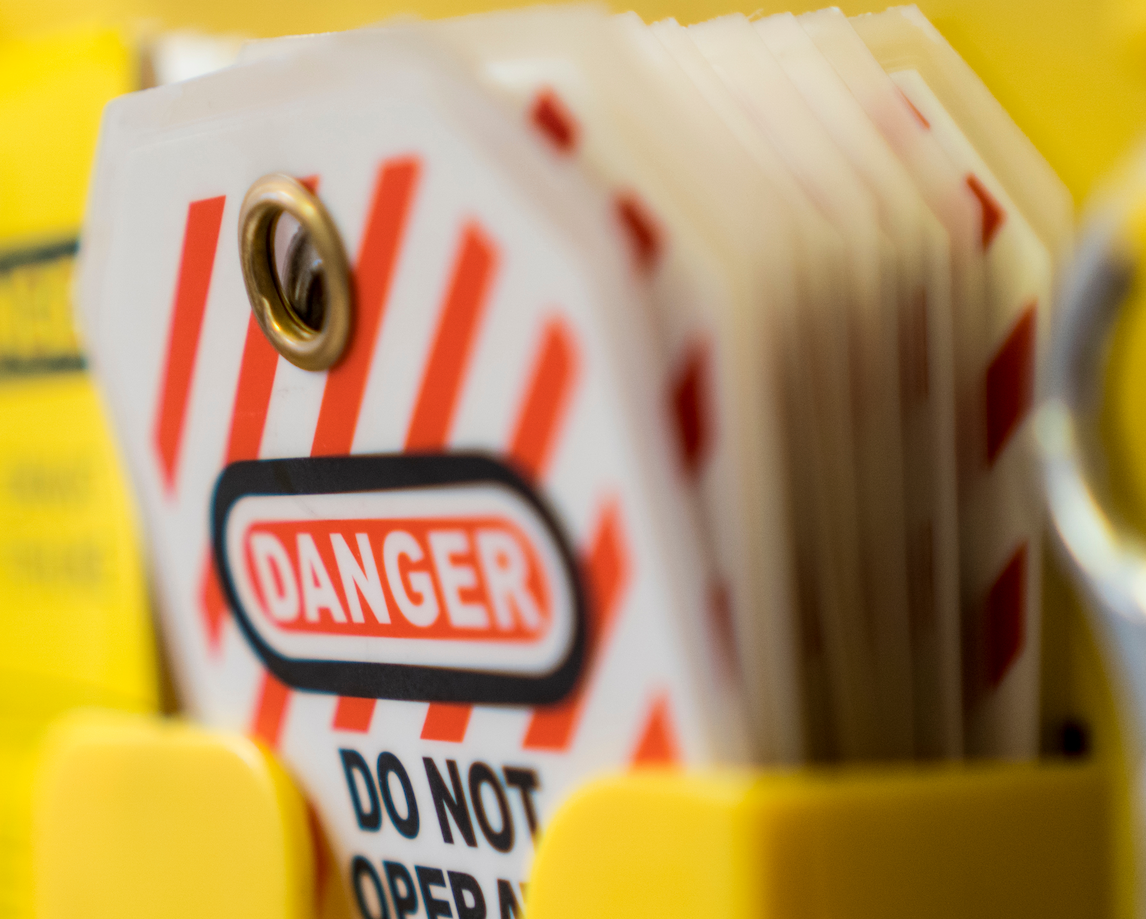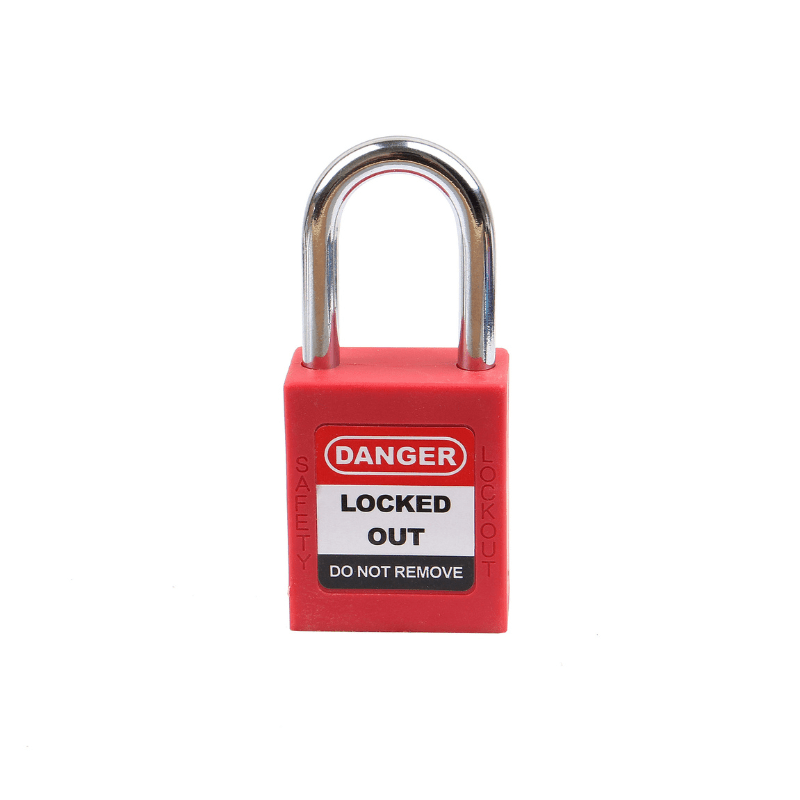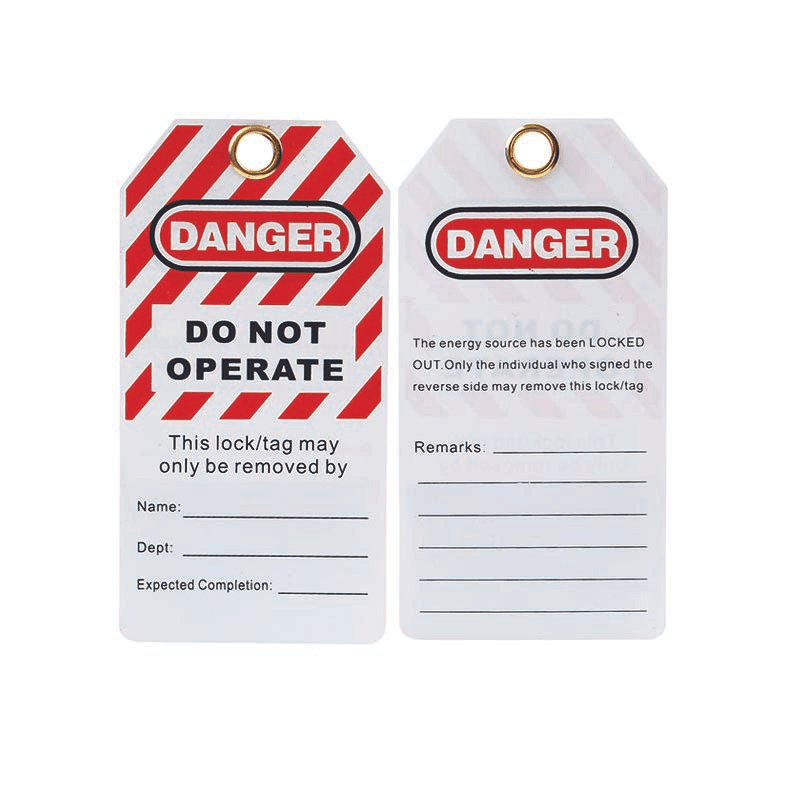Basics of Safety Signage
Safety signs are an important tool for improving workplace safety. They help to identify and avoid hazards, as well as inform employees about important safety measures. In this guide, we will explore the basics of safety signage and how they can help reduce workplace accidents and injuries.
Types of Safety Signs
There are various types of safety signs that can be used depending on the situation. Here are some examples:
- Warning signs: These signs warn of potential hazards such as electric shocks, chemicals, or trip hazards.
- Mandatory signs: These signs indicate specific rules that must be followed to avoid accidents, such as wearing protective clothing or washing hands.
- Prohibition signs: These signs indicate what is not allowed, such as smoking or entering a certain area.
- Fire safety signs: These signs indicate the location of fire extinguishers, emergency exits, and other fire safety measures.
It is important to choose the right types of safety signs for your work environment. A risk management team or a safety officer can help identify the appropriate signs.
Designing Safety Signs
To be effective, safety signs must be highly visible and easily understood. Here are some important design principles to consider:
- Color: The background color of safety signs should be attention-grabbing, such as bright yellow or orange. Red is often used for warning signs.
- Symbols and pictograms: Symbols and pictograms are a universal language and can help overcome barriers such as language differences.
- Text: If necessary, safety signs should contain short, clear sentences that are easy to understand.
- Size: The size of the sign should be appropriate to be easily readable from a distance. For signs placed near machinery, the font size should be large enough to be easily seen from a short distance.
- Placement: Safety signs should be placed in visible locations, such as at eye level or near potentially hazardous areas.
Standards and Regulations for Safety Signs
In many countries, there are specific standards and regulations for safety signs to ensure their effectiveness. For example, in the European Union, all safety signs must be designed in accordance with ISO 7010 standards.
It is important to be informed about the applicable standards and guidelines in your country and to ensure that your safety signs comply with these requirements.
Additionally, specific industry or company standards may apply that need to be considered when designing safety signs. These can vary depending on the industry or type of company.
Therefore, it is advisable to familiarize yourself with the relevant regulations and standards to ensure that your safety signs meet the required criteria.
Types of Safety Signs and Their Applications
There are different types of safety signs that use different symbols and colors depending on the application. Below are some of the most common types of safety signs:
- Warning signs: These signs typically feature a yellow triangle with black symbols or text and are used to warn of potential hazards.
- Mandatory signs: These signs indicate what actions must be taken to work safely. They are often blue with white symbols or text.
- Prohibition signs: These signs feature a red cross over a symbol or text and indicate what is not allowed.
- Fire safety signs: These signs, often red and white, indicate the location of fire extinguishers or other fire safety equipment.
- Emergency signs: These green signs with white symbols provide information on emergency exits and escape routes in case of an emergency.
It is important to understand the differences between these various types of safety signs to correctly interpret and respond to them appropriately.

Safety Signs: Design and Placement
When designing safety signs, it is important that they are easily understandable and unambiguous. They should use clear symbols or text and be printed in highly visible colors. The size of the sign should also be appropriate so that it can be easily seen from a distance.
Moreover, the correct placement of safety signs is crucial. They should be placed in locations where they are easily visible and where potential hazards may occur. It is also important to ensure that the signs are free from obstructions and not hidden from view.
The Role of Safety Signs in Accident Prevention
Safety signs play a vital role in preventing workplace accidents. They alert employees and visitors to potential hazards and help them navigate safely through potentially dangerous environments. By providing clear instructions and drawing attention, safety signs can help prevent accidents and improve workplace safety.
In addition, safety signs can also help promote compliance with regulations and guidelines. By displaying information about legal requirements or emergency procedures, signs can ensure that employees are aware of and adhere to these rules.
Installation and Maintenance of Safety Signs
In addition to design, the correct installation and regular maintenance of safety signs are essential. They should be placed in highly visible locations to maximize their effectiveness. It is also important to inspect them regularly to ensure they remain legible and have not been damaged or obscured.
If a safety sign becomes damaged or illegible, it should be replaced or repaired immediately. Otherwise, it could lose its function and potentially lead to accidents. Additionally, safety signs should be updated whenever changes are made to the work environment to provide relevant and current information at all times.
Workplace Safety: A Global Perspective
In a globalized world, it is important that safety signs are universally understood. This means they should use symbols and pictograms that are easily recognizable regardless of language or culture. The International Organization for Standardization (ISO) has established a set of standards for safety signs to promote this universal understanding.
Moreover, there are also specific signs for certain industries or sectors, such as healthcare or the chemical industry. It is important that companies and organizations are informed about these specific regulations and incorporate them into their safety signs to ensure the highest possible safety for their employees.

Conclusion
Overall, safety signs play an important role in ensuring workplace safety. They serve as visual reminders of potential hazards and rules of conduct to prevent accidents. It is important that they are well-designed, correctly installed, and regularly maintained. Companies and organizations should also ensure that their safety signs are universally understandable and comply with the specific regulations of their industry or work environment. By taking these measures, we can work together to create a safe work environment and minimize workplace accidents. In doing so, each individual contributes to a healthy and productive society.
Further Resources
- International Organization for Standardization (ISO): www.iso.org
- Occupational Safety and Health Administration (OSHA): www.osha.gov
- European Agency for Safety and Health at Work (EU-OSHA): https://osha.europa.eu/en
- German Social Accident Insurance (DGUV): www.dguv.de
- Chemicals Act (ChemG): www.gesetze-im-internet.de/chemg/
We provide advice on the following topics:
DIN EN ISO 7010
DIN EN ISO 7010 is an international standard that defines the design of safety signs. It includes symbols, pictograms, and colors that are to be used uniformly worldwide for safety signs. The standard is continuously updated and expanded to meet current safety requirements.
DIN 4844-2
DIN 4844 Part 2 is another important standard for safety signs in Germany. It regulates the basics for the design, application, and marking of safety signs. Additionally, specific requirements for certain industries or work areas are also considered here.
We also provide comprehensive support on topics such as:
- Safety signage and safety labeling
- Prohibition signs ASR A1.3
- Safety and protection for your buildings and related products
- Escape route signs
- Emergency exits
- Escape route marking
- Safety symbols
- Signs and labeling
- Fire protection



